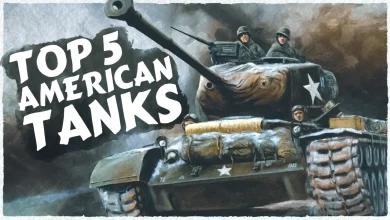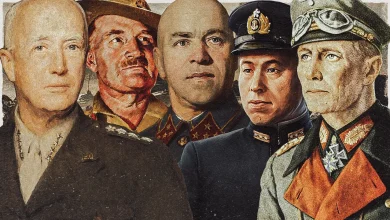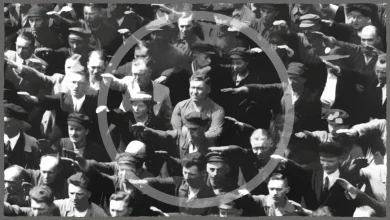Horrific Experiments of Unit 731

Unit 731 was the brainchild of the Imperial Japanese Army during World War II. It was a biological and chemical warfare research unit that conducted experiments on prisoners with the aim of developing deadly weapons.
It’s written that at its base in China – remember the Japanese were at war with China – around 3,000 men, women, and children were tested on. Most of these we are told were Chinese, but some of them were from the Allied Nations, the Soviet Union, Korea, and Mongolia. The unit lasted until the end of the war in 1945 and it’s written that it had ample funding from the Japanese government.
Unit 731 was developing dastardly weapons and it needed to test those weapons on people first. But other tests were also done, related to trying to understand what the human body could endure. That way the Japanese military might better understand what its own soldiers could go through.
The Cold
One of the things many soldiers had to put up with during the war was cold, and cold did kill a lot of people. At Unit 731 they wanted to understand just how cold someone could get and still survive. Some human test subjects were taken outside during the harsh winter until their limbs froze off for the doctors to experiment how best to treat frostbite.

The New York Times, which had testimonies from people who had seen the horrors of this unit, wrote that these people would be taken outside and guards would throw water on them until they saw the victim had frostbite. Sometimes, wrote the newspaper, the guard would hit the arm of the prisoner with a stick, and if he heard something like a wood-against-wood sound he knew the arm was totally frozen.
What happened next is the doctors would use various methods to try and unfreeze the arm or other body parts. Sometimes the prisoner would be left alone to unfreeze, sometimes warm water would be thrown on him or her, and sometimes much warmer water. The Japanese doctors, according to The Times, concluded that water over 100 degrees fahrenheit but never more than 122 degrees fahrenheit worked the best.
Vivisection
The Japanese military also wanted to know how best to treat disease and injuries, but to do this they would often use live prisoners to operate on. Some of these prisoners would be deliberately given a disease, and then the doctors would open up the body of the patient without any kind of anesthesia. They wanted to look at the effects of the disease before the body began decomposing, and that’s why they kept the subjects alive. These people were called marutas, or logs.
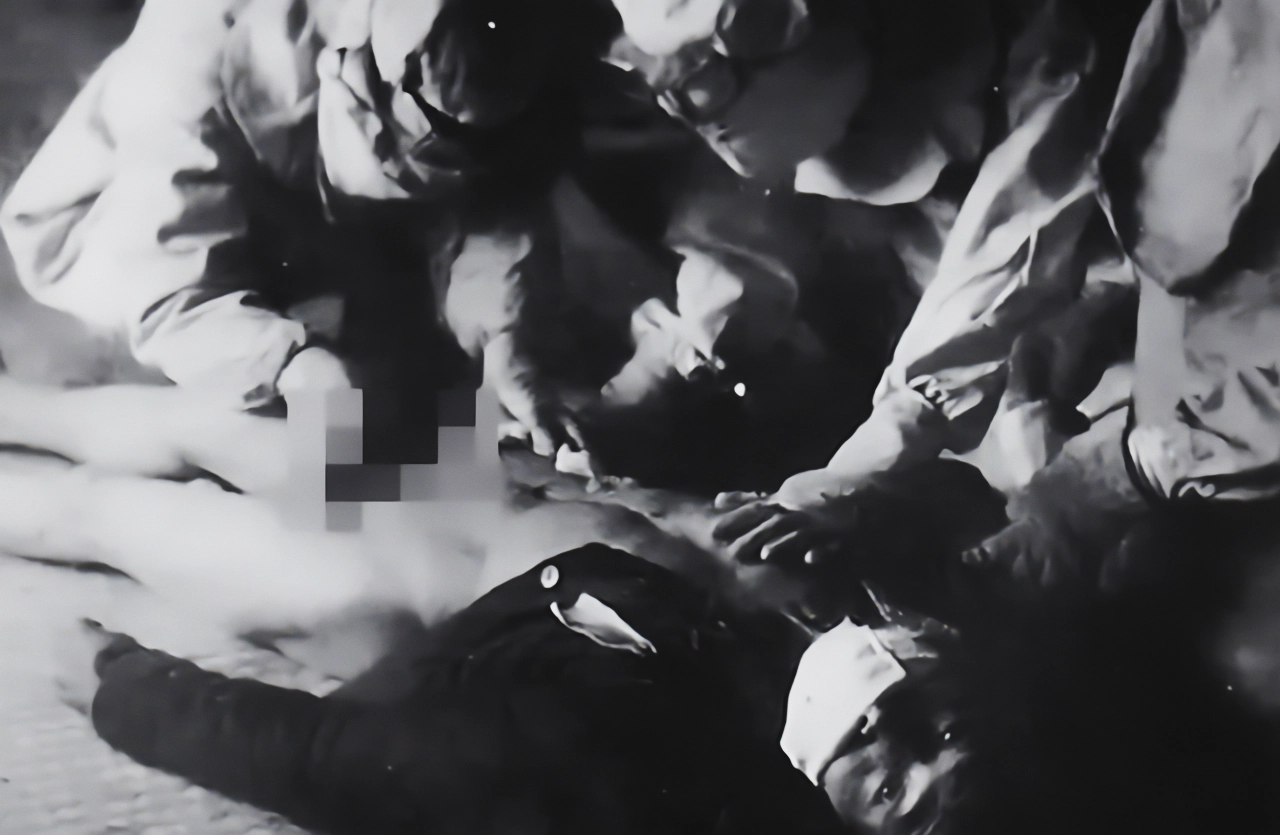
The New York Times, with testimony from a former surgeon, said they just wanted to know what had happened inside. That man told the Times, “I cut him open from the chest to the stomach, and he screamed terribly, and his face was all twisted in agony. He made this unimaginable sound, he was screaming so horribly. But then finally he stopped. This was all in a day’s work for the surgeons, but it really left an impression on me because it was my first time.”
Testing Pathogens
One of the major experiments at Unit 731 was to test how certain pathogens, including cholera or anthrax, would affect a number of people if they were exposed to the pathogens. They didn’t just do this inside the camp, but also did what they called field testing. This was done by dropping the pathogens on small communities in China. They wanted to see if they could cause an outbreak of disease.
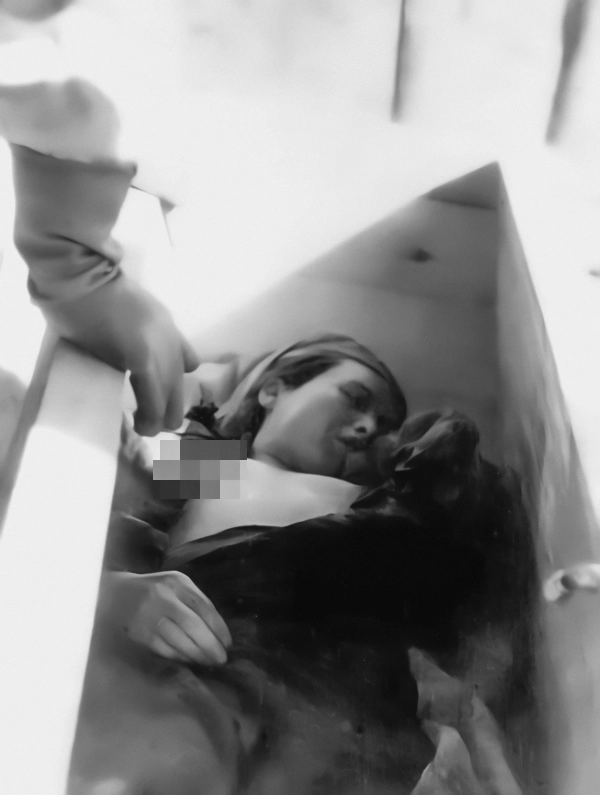
Some of these experiments were successful, so the Japanese then had the idea to carry these pathogens to the United States in what were called balloon bombs. It’s written that the Japanese did send about 200 balloons to the U.S. but these failed, for the most part, only leading to the death of seven people. They also had a plan to drop plague-infected fleas on San Diego by using Kamikaze pilots.
Testing Weapons
The Japanese also wanted to test weapons that they could use on the battlefield, and this included regular weapons but also toxic gases. To do this prisoners would be taken out to a field and tied to a spot with a stake. The soldiers would then start testing, which sometimes just meant shooting guns at the target, and other times throwing grenades at certain distances to see how effective they were.
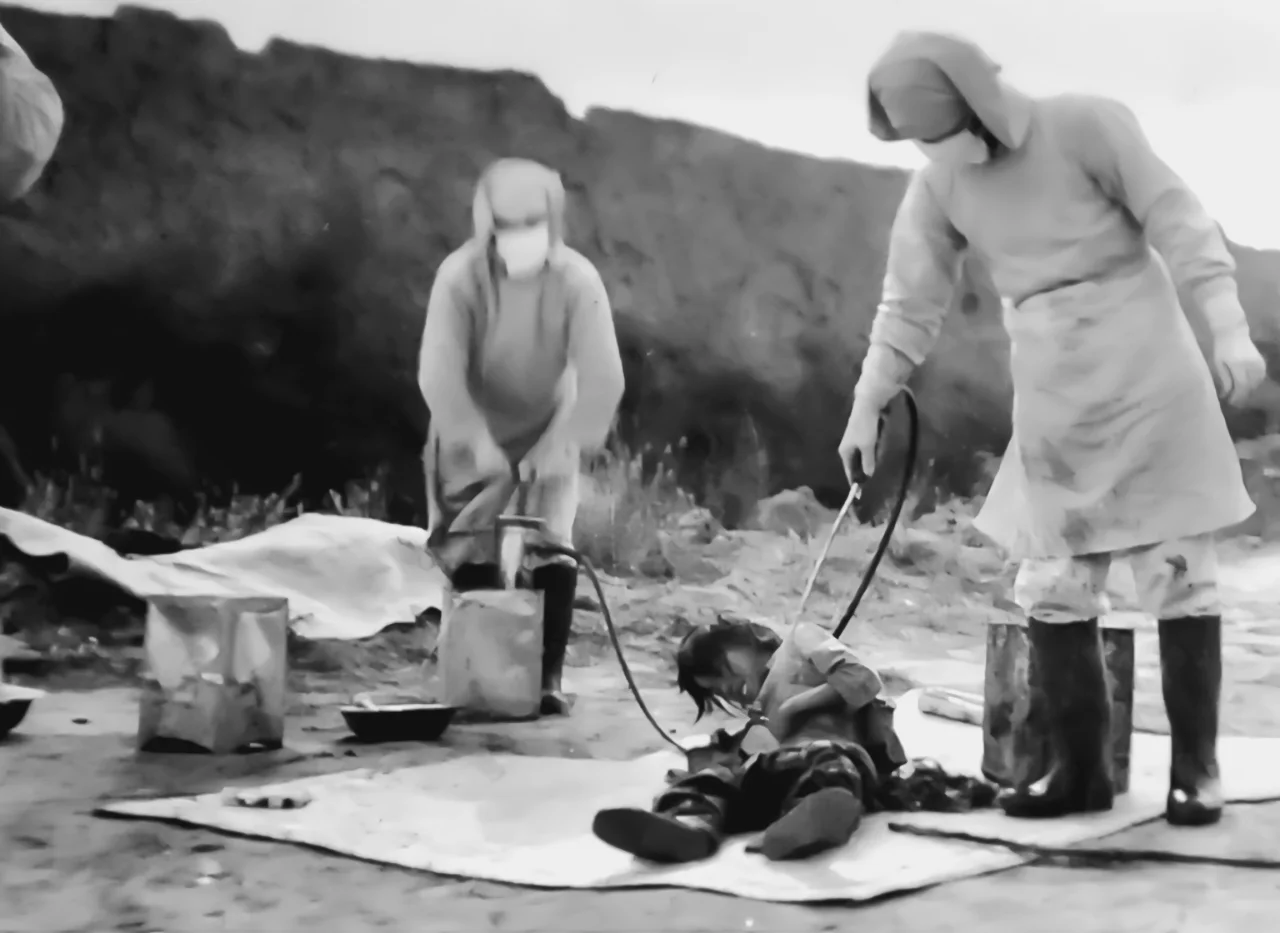
The bodies of the victims would then be analyzed so the Japanese knew exactly what damage their weapons could do. In one experiment, gas was fired at the tied-up prisoners, but the wind changed direction and it sent the Japanese soldiers running. Also, the soldiers would occasionally test their flamethrowers on the prisoners.
The Pressure Chamber and Spinning
While Japanese people who had worked in the camp later recalled how many parts of prisoners could be seen in jars all over the camp, it’s not always known how those people died. Perhaps one of the worst deaths was the pressure chamber.
Prisoners would be placed inside a pressure chamber, sometimes alongside another prisoner, and the pressure would be turned up until basically the prisoners’ eyes popped and they eventually died. If that wasn’t horrific enough, other prisoners would be literally spun to death so that the military could test centrifugal forces.
Operations
The Japanese also wanted to have better surgeons, and those surgeons needed subjects to work on. One report found tells us how one subject was given an appendectomy. After that, his arm was removed and after that, he received a tracheotomy. This all took about 90 minutes and when the doctors were done, they just killed that patient.
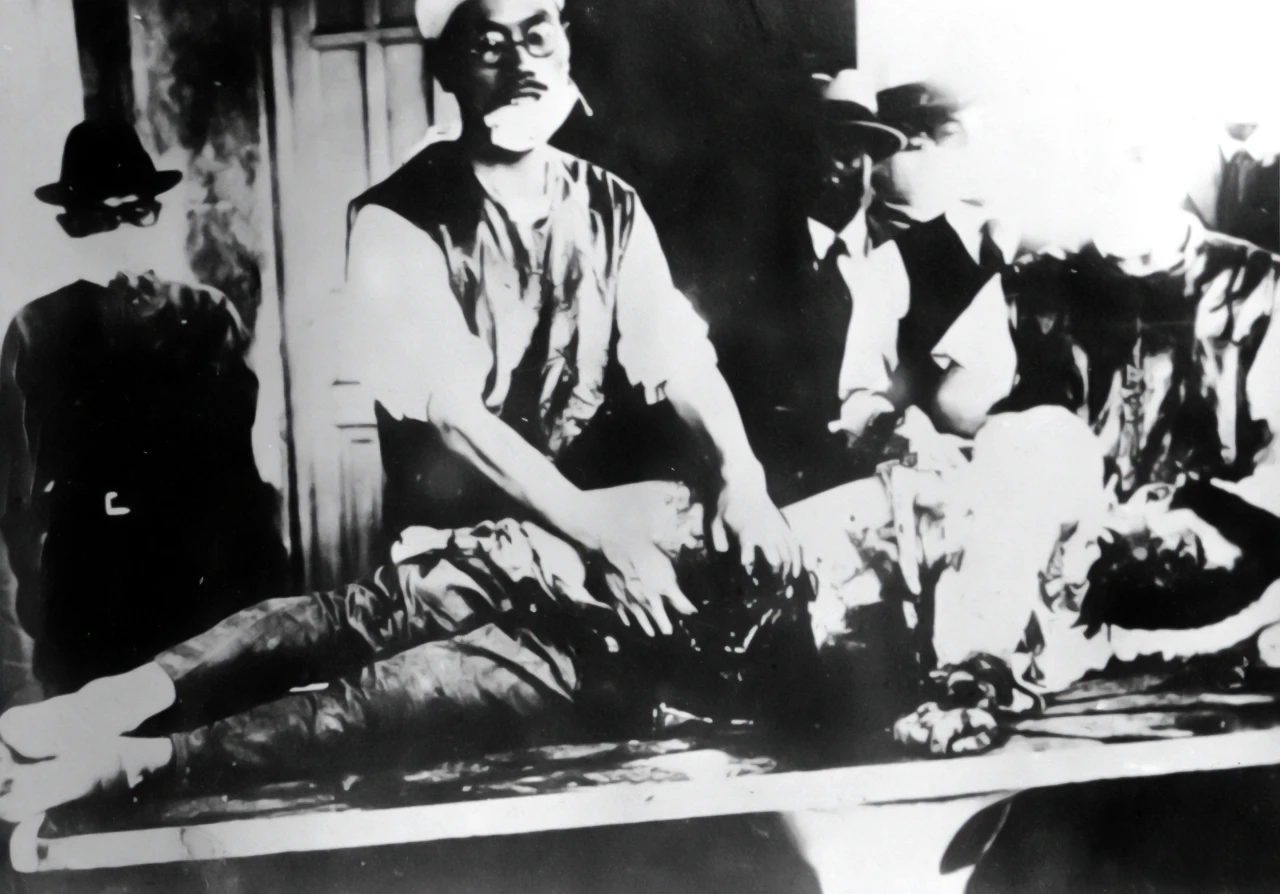
The man who did these surgeries was at the time a student doctor. He told the media that he’d had no idea what to expect when he was told he was going to China to practice surgeries.
Spreading Syphilis
This is the testimony from a worker at Unit 731: “Infection of venereal disease by injection was abandoned, and the researchers started forcing the prisoners into sexual acts with each other.” It’s said that if the pair refused, they would be shot.
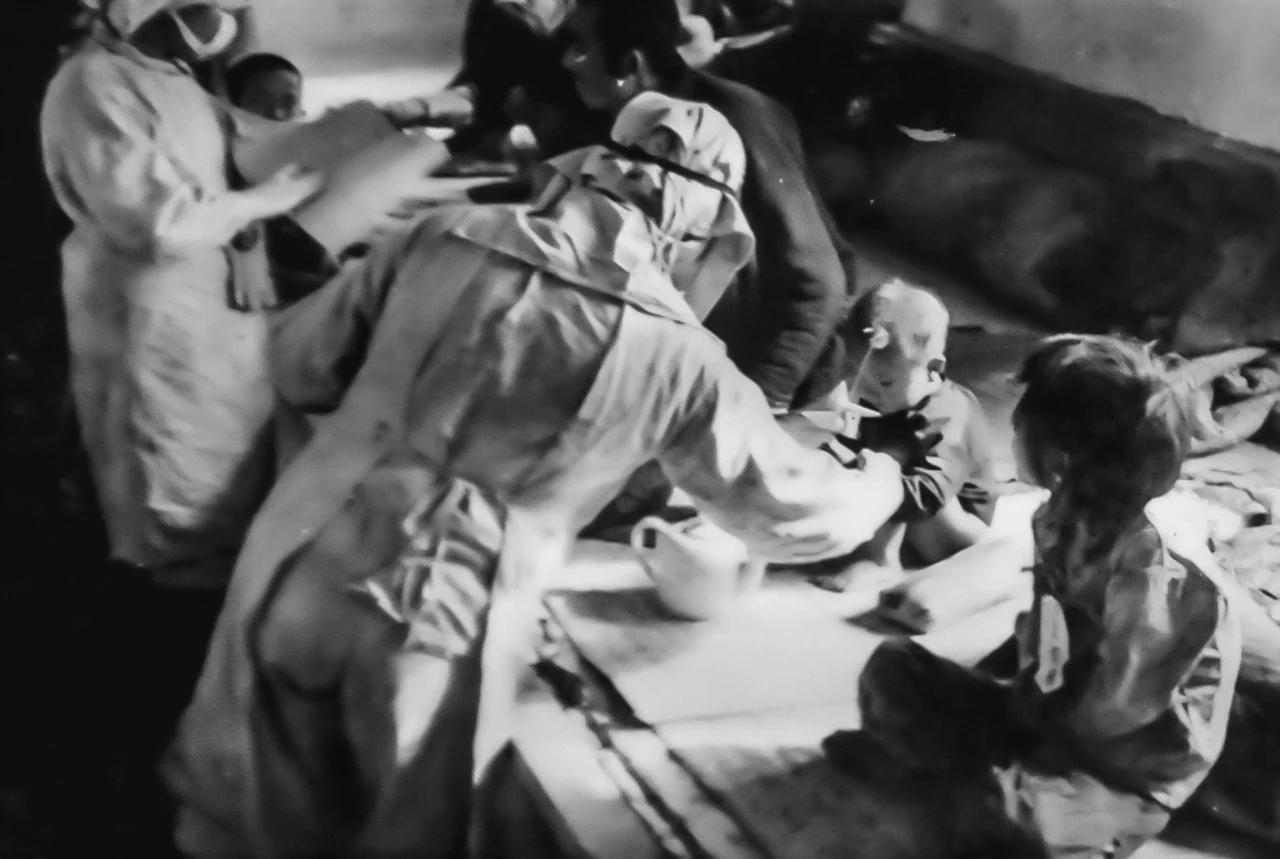
At other times children were infected with the disease. The reason this happened was so those infected prisoners could be vivisected at various stages of the disease and the doctors at the camp could better understand how it affected a person’s organs during that stage of infection.
Forced pregnancy
Female prisoners would be made pregnant by force so that the doctors could understand if the disease was passed to the child. They also wanted to know what damage a disease may have caused to the woman’s reproductive organs during pregnancy. The guards would take women and do this, even to those already injured from other experiments. While many children were thought to have been born on the camp, it’s said that none survived. One former soldier said this sometime later, “Of course, there were experiments on children. But probably their fathers were spies.”
For a long time, this unit was not talked about, but The Guardian reported in 2018 that Japan released lots of information from its national archives relating to Unit 731. Prior to this, much of what we knew was only based on testimonies. No one has denied what we have talked about today did not happen, but there are more reports that tell us smaller experiments also happened.
These included people being exposed to dangerous levels of radiation, being injected with the blood from animals, being injected with seawater, and also being burned alive.
It’s said during the war the Americans knew about the camp and after they granted immunity to the physicians of Unit 731 if they shared all their findings with the U.S. military as some of those findings might be useful and the U.S. didn’t want the Soviets getting hold of the research.
